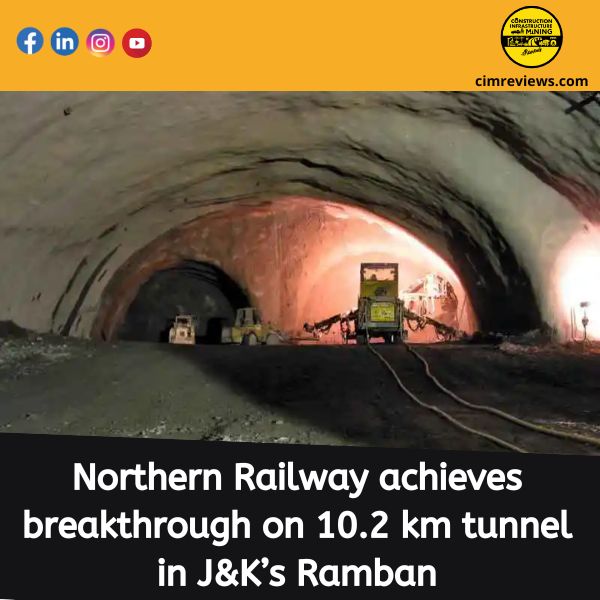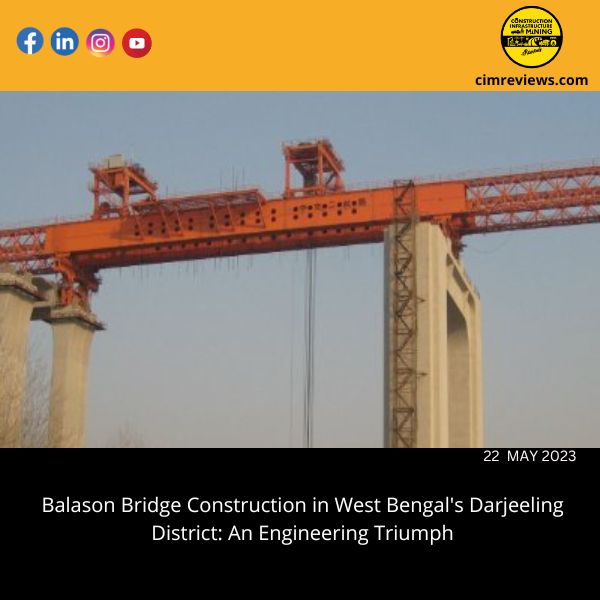.jpg)
Experts claim that curriculum updates, improved compensation packages, strong industry-academia connections, and automation can all help close the talent gap.
By 2025, the construction industry, which is expected to grow to $1.4 trillion, would have played a significant part in India’s development. The stark lack of qualified experts in the sector, however, is a serious problem. According to the ‘Skilled Employment in Construction Sector in India’ report by real estate consultant Knight Frank India and Royal Institution of Chartered Surveyors (RICS), the construction sector in India generates the second largest amount of employment, with an estimated 71 million (7.1 crore) workers employed in the sector as of 2023. But only 19% of this workforce is skilled, with 81% being unskilled. Although the construction industry is expected to employ 100 million people in order to meet expectations for economic growth, the number of
One concern for academic institutions is the concerningly low acceptance rates of 46% and 48% for Mechanical and Civil Engineering, the two core disciplines for the construction industry, respectively, while programmes in Computer Science & Electronics have admission rates above 60%. According to the AISHE 2021–22 report, enrollment in computer science engineering increased to 12.9 lakh in 2021–22, with electronics engineering following closely behind with 6.5 lakh. In contrast, enrollment in mechanical and civil engineering saw a decline, with 5.74 lakh and 4.64 lakh enrolments, respectively. This disparity has led to poor faculty and educational standards, which have exacerbated the skills gap in the construction sector.
In an interview with Education Times, Rajive Kumar, the AICTE member secretary, says, “Students in computer-related fields appear to be receiving competitive salaries and working in white-collar positions, which encourages students to pursue this path. Furthermore, the Model Curriculum of AICTE was updated to ensure that the Mechanical and Civil Engineering streams are updated in accordance with industry demands because most engineering curricula have not been connected with cutting-edge technologies like artificial intelligence, the Internet of Things, robotics, etc.
Market requirements
The inclination towards a specific engineering stream is frequently influenced by cyclical market conditions. “Students should be given enough internship opportunities, both online and offline, and live projects in which academic institutions must contribute significantly,” he argues, in order to help them deal with the uncertainty.
market conditions
The tendency to pursue a certain engineering path is sometimes impacted by cyclical market situations. He contends that in order to help students cope with the uncertainty, “students should be given enough internship opportunities, both online and offline, and live projects in which academic institutions must contribute significantly.”
competitive pay
However, because the job prospects are not very good, admission rates to core engineering disciplines have generally decreased nationwide. These industries will be able to draw in more students once the pay is competitive. According to Prof. Benny Raphael, head of the Department of Civil Engineering at IIT Madras (IITM), which has seen a rise in seats for Civil Engineering from 35 to 130 in the last 20 years, academic institutions should focus on upskilling current engineers and preparing them for the industry. Many students choose to pursue IT employment across all specialties since the compensation packages in core industries are not as attractive as those in IT. Raphael notes that it is good that the majority of his MTech and PhD students choose to pursue careers in core engineering.
“The heavy reliance on manual work can be reduced through automation, both for physical activities as well as information processing,” he says, highlighting the need to modernise the sector and the curriculum.
Students from lesser-known universities in tier 2 cities and towns are enrolling in core engineering programmes, particularly in civil engineering projects. According to Sankar Subrahmaniyam, co-Founder of InCoBAN, a capacity building ecosystem centred on the infrastructure and construction sector, the industry, which prioritises experience, does not fairly compensate these young engineers.
In core engineering, only the best businesses hire recent graduates and provide them with sufficient training before placing them on the job. The MSME sector dominates the construction sector. Since the candidates will depart within a year, the majority of them believe that hiring people is not worth the money. Thus, the engineers receive pitifully meagre compensation packages, according to Subrahmaniyam.
He believed that industry should collaborate with academia to use applied research to tackle real-world issues and provide students funding. The quality of professors is severely degraded by the large number of colleges, he claims, adding that even PhD holders from prestigious universities are unable to create basic spreadsheets. Furthermore, educational institutions only help students get ready for the workforce; they don’t inspire a passion for studying in their students. Students also favour industries that are not severe in the digital and AI era, according to Subrahmaniyam.
multifarious skill sets
Associate professor Prasanta Sahu of BITS Pilani in Hyderabad highlights the necessity of industry investment in the academic community through centres of excellence, research parks, and research labs, among other means. The next generation’s multidisciplinary skill sets and shifting attitudes towards traditional fields can also aid in closing the talent gap, he claims.
According to Sahu, civil engineering is no longer limited to working on bridges, dams, or building structural design. It is in the forefront of applying sophisticated mathematical models and data-driven techniques to address the issues associated with civil infrastructure. In a similar vein, Industry 4.0 has revolutionised Mechanical Engineering as a field, resulting in notable developments in microfluidics and micro-machines in recent years. The true difficulty, he believes, lies in integrating these developments into undergraduate education to produce measurable skill gains. He emphasises the necessity for coordinated action through national campaigns that showcase developments in conventional engineering fields.
“As academic institutions develop over time, maintaining the equality of these key branches and promoting cross-disciplinary research will require revising the curriculum to meet industrial demands. He continues, “To work at the cutting edge of AI, ML, etc., professors, practitioners, scientists, policy makers, and scholars need to consider intra and inter collaborative approaches to expand the boundaries of these branches and explore their greater impacts on society.”
Group Media Publication
Construction, Infrastructure and Mining
General News Platforms – IHTLive.com
Entertainment News Platforms – https://anyflix.in/
Legal and Laws News Platforms – https://legalmatters.in/
Podcast Platforms – https://anyfm.in/










%20/23%20cimr%204.jpg)